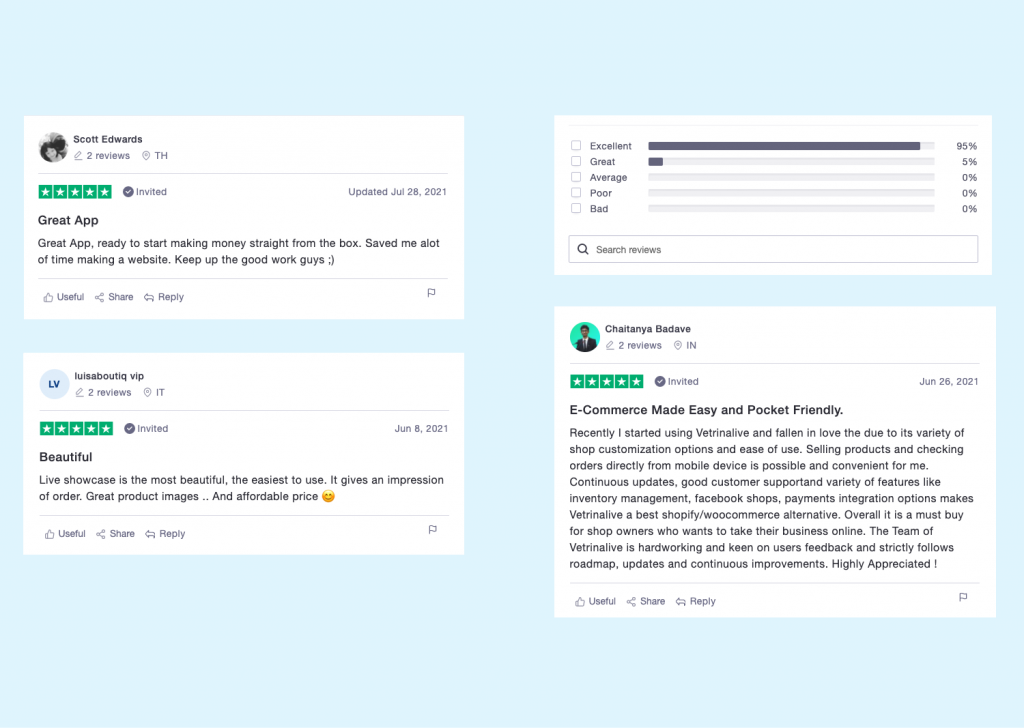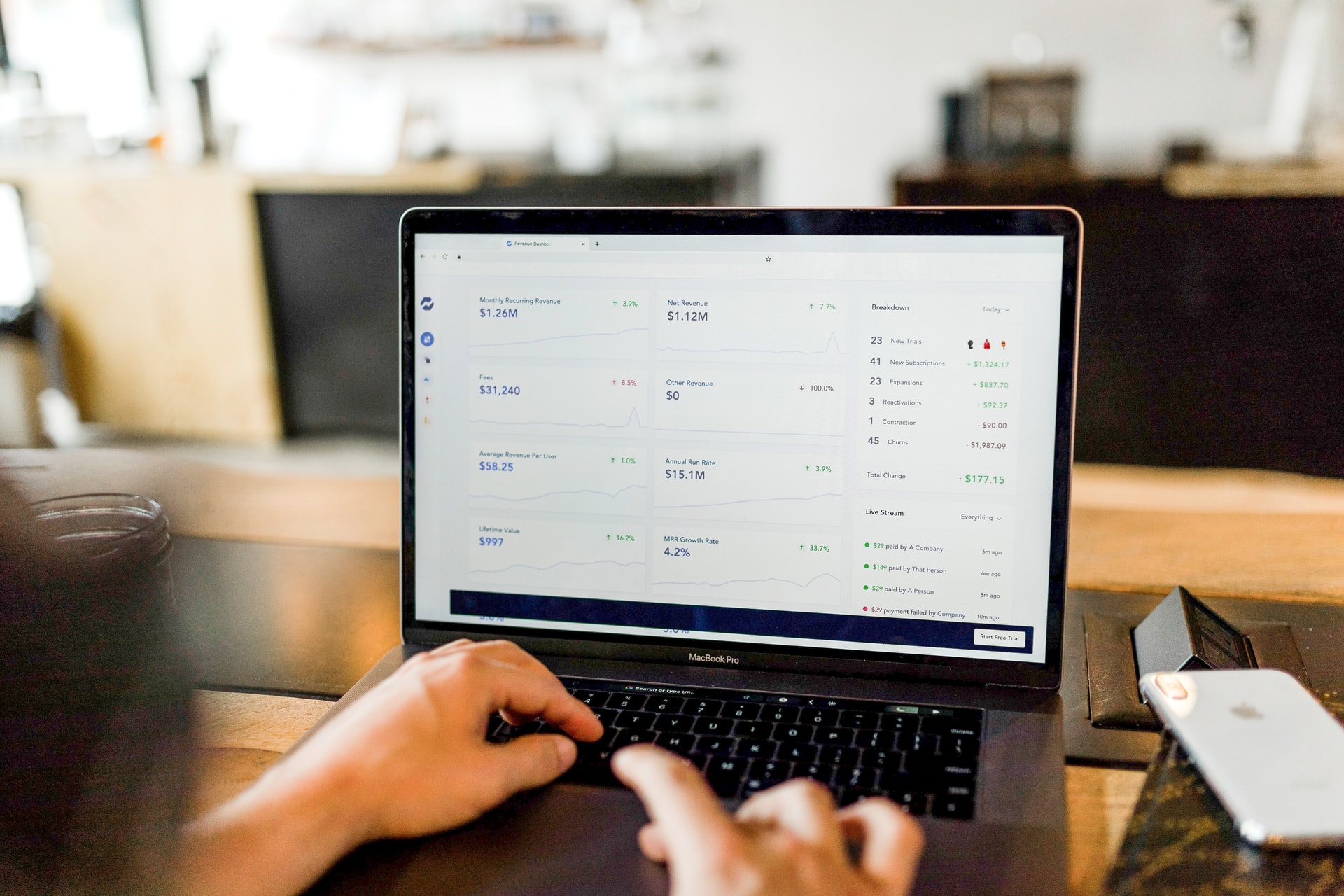When it comes to online business, you need to spend money to make money, right? Something we have all heard and seen in the business world.
One of the most popular business models today is e-commerce, dropshipping and running your business online. According to the Cross-Border Payments and Ecommerce Report for 2020-2021 by The Paypers, the global cross-border B2C e-commerce market will reach €3.9 trillion by 2027. (Yes, you read it right, that’s trillion with a ‘t’.)
In this article, we will see what to take into consideration when choosing an e-commerce platform, costs, and benefits.
1. Transaction fees: how ecommerce plaftorms reduce your margin
Though there are a few of the costly aspects of running a store that are taken out of the equation for e-commerce, there is still a base cost to doing business. Your biggest concern should be how to spend the least amount of money while gaining the most profit possible.
This means that as a hopeful e-commerce entrepreneur and savvy businessperson, you probably want to know every single operational cost of running your business. If so, you’ve probably come across “transaction fees” and are wondering what they are and how they affect your bottom line. To truly understand transaction fees, you should also know which e-commerce platforms charge them and how they’re calculated.
It’s critical that you learn about this uncomfortable reality of selling online, because transaction fees have a direct impact on your sales income and, by extension, your entire business.
2. What road to take and which service provider to use for your online business?
There are different e-commerce platform options out there, usually the easiest for the business owner is a SaaS model – it runs in a web browser — so, as long as you have internet access, you can use the platform from anywhere. In other words, you don’t need to install software to use it, and because it’s a ‘hosted’ solution, you don’t need to worry about buying hosting either.
They are providing you access to the platform and the selling tools needed to publish your store, get it working, offer customer support and additional value-added services depending on a provider. And regarding that, different fees are involved.
Usually, this means monthly fees (average 29€ per month to 299€ per month) for the platform and additional transaction fees.
If you’ve been in the eCommerce game for long, you’re likely already aware of the damaging impact transaction fees can have on your end-of-year financial results (the number can vary a lot from 0.5%-15%).

For example, Shopify charges a transaction fee for every purchase made in your store based on your subscribed plan. It will be 2% for Basic Shopify, 1% for Shopify, and 0.5% for Advanced Shopify. In the day-to-day, it’s easy to overlook these small fees as just another cost of doing business. But over time, they can become a serious drain on your profit margins.
So what are we talking about exactly when we talk about ‘transaction fees?’
A per-transaction fee is an expense a business must pay each time it sells one of its products.
Let’s say that you are selling a product with a cost of 50€, every time someone buys, you are paying to e-commerce platform 2% = 1€.
If you sell 300 products per month, you are paying the platform additionally (to monthly fee) 300€, this is 3600€ per year, 18 000€ for 5 years. The profit that should actually belong to you. Can you imagine the vacation, the car or a holiday home you could enjoy with additional 18 000€?
Or what if you scale your business and start selling tens (or even hundreds) of thousands of products?
These hidden fees seem like a such small percentage and at the beginning don’t seem like they have a big effect but this can quickly add up.
Additionally, online sellers often work on tight margins, with a lot of their money going to sourcing products, marketing on other channels, paying for their hosting, shipping charges, etc. Once you see what this money could be spent on, you’d much rather have it in your pocket, whether it would be spent on scaling your business or just enjoying life. Because at the end of the day we work to have a better life not live to work, right?
3. Other things to consider when choosing an ecommerce platform
Pricing and payment
As mentioned before, the pricing and fees can have a huge impact on your bottom line, so you need to know exactly what you’ll be paying.
Almost all platforms will have a monthly fee and transaction fee. Depending on the type of platform you get (self-hosted vs. hosted) the costs may vary. Definitely, don’t sacrifice the things you’ll definitely need for a cheaper price but try to weigh the pros and cons of each to get the best for your budget.
Optimizing for sales
Your store number one goal is to make money, and sell, right? So technical SEO has to be in place, making it easier for you to generate traffic from search engines. From little things like indexing to being mobile-friendly and optimized for page speed are necessary features. Additionally, the ability to add a blog to your website, integrate with the Facebook store, use your own domain and customer to leave reviews is important.
Customer service
Having someone to call at any time to get help or guidance is a huge factor when you’re looking at eCommerce platforms. Take a look at each platform’s customer service—are they available 24/7? How are you able to reach them? How many levels of support are offered, and what does each cost? Think about these questions and make sure you ask them before you decide on your platform.
User friendliness and setup
Do you need a developer to set up your online store – This is a question you need to ask yourself. Does the platform offer “no-tech-skills-needed” builder options or do you need to hire a designer, developer to set it up for you (average cost of website design for small businesses ranges between 2,000€ and 15,000).
Not exactly a sales pitch but rather a fun fact: VetrinaLive has been awarded by its customer as one of the most easiest e-commerce platforms that can be set up without any help from a professional, within one day.

Of course, it’s totally up to you to choose where to build your online-money-making machine but if you would like to
- set up your online store by yourself (saving money on development services)
- get high-quality website, support and features
- not giving away huge chunk of your revenue in transaction fees (and keep the 18 000€)
I call you out to try VetrinaLive – we are revolutionizing the way the eCommerce business works, leaving more money to people who are actually doing the heavy lifting.
Your online store is just a click away.





